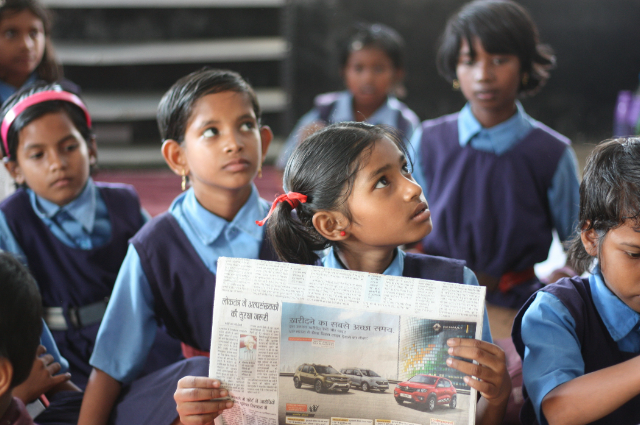
Photo by jaikishan patel on Unsplash
Rural education, notwithstanding its dominant prominence, often faces financial constrictions and economic restrictions that hinder its progress and growth. The author of this paper tries to discover the worth of Public-Private Partnerships (PPPs) in addressing these encounters, predominantly concentrating on sustainable funding systems.
Firstly, it outlines the present-day backdrop of rural education financing, emphasizing the insufficiency of public funds and the limitations and the boundaries of old-fashioned financing machinery. Next, the author attempts to explicate the theory of Public-Private Partnerships (PPPs) in the framework of education, accentuating its perspective to influence capital, assets, properties, resources, funds, investments, incomes, profits and returns from both the public and the private sectors.
Moreover, it precisely examines numerous methods of PublicPrivate Partnerships (PPPs) which can be purposefully premeditated for sustainable financing in rural education, such as Philanthropic Partnerships, Corporate Sponsorship Programs, and Social Impact Investments.
Additionally, the author observes the case studies from miscellaneous geographical perspectives to demonstrate fruitful and productive public-private Partnerships (PPPs) enterprises and their impression on enriching the quality of education and teaching, easy access to learning and training, and overall development in the rural education.
Likewise, the article confers about the fundamental doctrines and the most effective efforts for planning and executing Public-Private Partnerships (PPPs) in rural education, including accountability, limpidity, responsibility, pellucidity, and community participation. The author further discourses probable hitches and glitches concomitant with Public-Private Partnerships (PPPs), such as domination concerns, market falsifications, value distortions and sustainability issues.
Lastly, the essay highlights the necessity for an all-inclusive tactic that syndicates Public-Private Partnerships (PPPs) with compassionate strategy, sustainable funding, long-term financial mechanisms, and public-ambitious innovation to accomplish sustainable financing objectives in rural education. The author comprehensively concludes with his suggestions to legislators, recommendations for educators, and proposals to stakeholders to develop effective Public-Private Partnerships (PPPs) and ensure the long-term sustainability of rural education financing.
